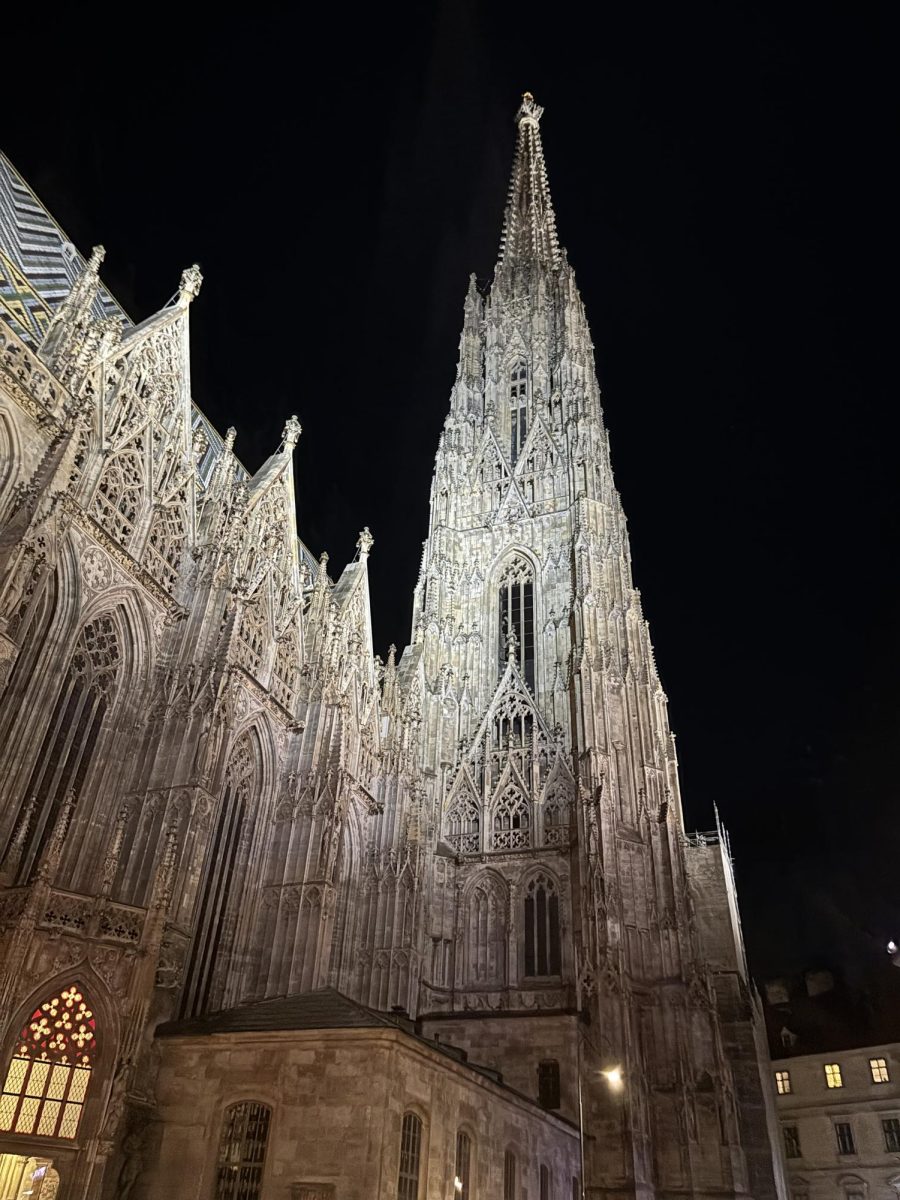Pluralistic Jewry Practice Open Mindedness and Acceptance
The concept of pluralism is inherent in Judaism and Jewish culture. In Jewish private schools like de Toledo High School, students are continually enlightened with a broad spectrum of beliefs and practices, while having the ability and opportunity to study with Jews from various backgrounds. Many of these students, or “talmidim,” as referred to by Talmudic scholars, do not identify as being part of any major sect of Judaism, but simply classify themselves as Jews. This is pluralistic Jewry at its finest, and what Jews across the world should emulate as Jewish civilization continues to progress.
Now, along with almost every substantiation of a philosophical endeavor such as Jewish pluralism, come skeptics, questions, and debates — in this particular case, arguments for the sake of heaven. What all sects of Judaism strive to accomplish, and every self-proclaiming Jew strives to attain, is knowledge about how to properly conduct life as a Jew. Whether it be how to complete certain mitzvot properly, or what words are added in different prayers, every denomination has its own style and beliefs. One large-scale example of this is the difference between praying rituals among Ashkenazi and Sephardic Jews.
There are many things that Jews disagree about. This, in turn, makes the pluralistic Jewish community one of understanding, with an appreciation of differing opinions, rather than one that agrees with every thought or concept, valid or otherwise.
Jews do argue about many topics, but a deep seeded pluralistic virtue established thousands of years ago helps Jews understand and attain value from other people’s opinions. Pluralistic Jewish communities approach Judaism with a sense of mutual respect. “If you respect and find the value in my set of beliefs, then with pleasure, I can respect and value your thought process.” This does not mean fully agreeing, but taking bits and pieces and enhancing one’s own ideals based on concepts that others hold dear.
While finding value from differing beliefs sounds nice, there are boundaries within pluralism and Jewish pluralism moreover. To successfully prove the validity of a concept so important as pluralistic Jewry, one must set these boundaries. The confines go as follows: all beliefs should be factual in a religious sense, adhering to both Jewish and scientific law as plainly stated (this can mean taking things literally, or finding hidden abstract connotations, but not traversing past known facts).
Once factual and reasonable boundaries are set, the rest is simple. Judaism is inherently pluralistic, and can be proved so with three concepts: מדה כנגד מדה- action for an action, כל ישראל יש להם חלק לעולם הבא– all of Israel has a place in the world to come, and the simple idea that clowns go to heaven for making people laugh.
First, the concept of “eye for an eye,” or “action for an action,” often mistaken as a vengeful law, is a classic saying that really embodies pluralism. In a recent interview conducted at de Toledo High School, the majority of students misinterpreted the phrase as a negative concept. Taken literally, the phrase could allude to some gruesome and horrible acts, but this line, as with many concepts in Judaism, should not be taken completely word for word.
One interpretation of “action for an action,” teaches that if a person does something terrible to someone, he deserves to have the same done to himself. He should contemplate the profound damage to the quality of life of the other person, the pain and suffering that he will be forced to endure for the rest of his life. The terrible act will not be covered by monetary payment alone, but instead by asking forgiveness from the person he’s wronged, in addition to making serious changes in his own life, so as to not repeat the same mistake.
Regardless of who you are this concept applies. מדה כנגד מדה proves that God judges all people equally, and like pluralism, teaches that everyone has value within them.
Next, another concept that validates pluralism in Judaism is כל ישראל יש להם חלק לעולם הבא. Literally translating to “all Israel has a piece of the world to come,” this phrase, like “action for an action,” shows how accepting and somewhat lenient Judaism is.
When I speak to friends and family, most of whom are not connected to religion, about my growing orthodoxy in Judaism, I am met with apologetic remarks. People actually feel bad that Judaism, with seemingly many rules and regulations, has been inflicted upon their loved one. The concept of “all Israel has a piece of the world to come,” is one that shows how much Hashem wants us to succeed.
“All Israel has a piece of the world to come,” implies that “all Israel,” all Jewish people, are able to go to the afterlife. Whether Reform, Reconstructionist, Conservative, Orthodox, Sephardic, Ashkenaz, Mizrachi… all Jews have the right to a “heaven.”
Finally, the concept of clowns in Olam Haba is the simplest way to confirm Jewish Pluralism. The general thought of clowns, pre-IT (the movie) era, is one of joy and satire. Being that clowns make people laugh, it is generally agreed upon that clowns, or any individual that brings happiness to people, are rewarded with the ultimate gift. To change the mental state of a human being from depressed to happy is truly deserving of the afterlife. This only demonstrates further, that unlike other religions which have “one way, or the highway” philosophies, Judaism sees value in all ways of life. Simple clowns, like Rabbis have the same eligibility to go to the next world.
All in all, pluralistic Jewry is a concept that still needs some work. It is not that the theory has inoperative concepts, not relevant to today’s modern society, or even that any of the information is unreasonable. Pluralistic Jewry is missing support from the whole Jewish people. Without the majority of Jews practicing and preaching open mindedness and acceptance, pluralism in Judaism will stay a concept.

As a frequent writer for Teen Ink, and an avid participant in writing competitions and events, Ariel Esmailzadeh is grateful for being a part of the Prowler...



























